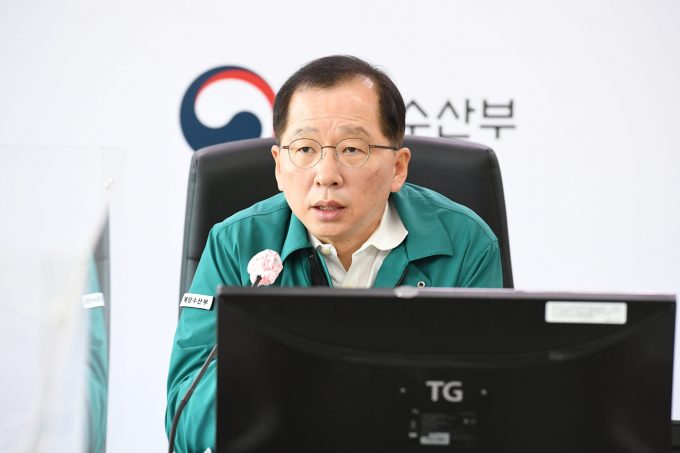Taiwan and South Korea lines don't fear US levy on Chinese ships
Taiwanese and South Korean liner operators are likely to be those least impacted by the ...

South Korea’s minister for oceans and fisheries has assured the country’s container shipping companies his ministry will help them weather market challenges as freight rates continue falling.
This is despite South Korea having been criticised for using taxpayers’ money to bail out struggling enterprises.
Cho Seung-hwan met with representatives of HMM, SM Line, Sinokor and others, as well as state-backed ship finance provider Korea Ocean Business Corp on Tuesday.
The minister said, “We will do our best to maintain the international competitiveness of ...
Maersk Air Cargo sees volumes fall as it aims for 'margin in favour of revenue'
Keep our news independent, by supporting The Loadstar
Container spot rates diverge: to Europe still falling, but firmer to the US
Volume surge and an early peak season? 'Don't celebrate too soon,' warning
Hapag-Lloyd won't take bookings if port congestion leaves cargo stranded
Ecommerce likely the front-runner in resurge of transpacific trade after deal
China-US trade tariff pause could drive a rebound for transpacific rates
Airfreight players eye new routes as demand on the transpacific nosedives
Service chaos from trade ban with India a problem for Pakistan shippers
Airfreight rates ex-China 'loss-making', but hopes of a trade deal stay high
Indian coastal freight attracts major carriers, but regional tension disrupts
Serious threat to jobs in US logistics as tariffs cause economic 'stagflation'


Comment on this article